
 Language
▼
Language
▼
More Language

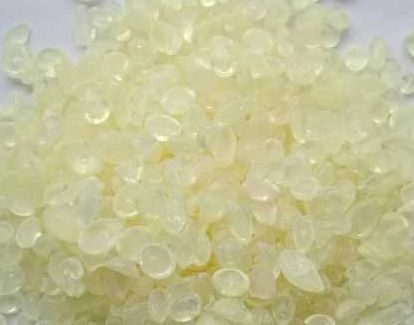

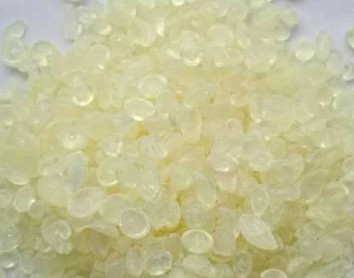

Technical analysis of c5 petroleum resin
I. Definition and basic characteristics
Definition:
Petroleum resin is a thermoplastic oligomer made from C5 and C9 fractions produced by petroleum cracking by-products through polymerization, distillation and other processes. The molecular weight is between 300-3000 and it is an amorphous polymer material.
The main raw materials include ethylene cracking by-products (such as C5 aliphatic hydrocarbons, C9 aromatic hydrocarbons) and dicyclopentadiene (DCPD).
Core characteristics:
Low acid value, good water resistance, strong chemical stability (acid, alkali and organic solvent resistance), softening point range 80-140℃.
Not used alone, often used as a tackifier, modifier and rubber, plastic, adhesive and other materials.
II. Main classification and characteristics
C5 aliphatic petroleum resin:
The raw material is C5 fraction (isoprene, isoprene, etc.), low color number (transparent to light yellow), softening point 70-140℃.
It has excellent compatibility with elastomers such as SBS and SIS, and is widely used in the fields of hot melt adhesives and rubber tackifiers.
C9 aromatic petroleum resin:
Using C9 fractions (aromatic hydrocarbons such as styrene and indene) as raw materials, the softening point is 80-140℃, the temperature resistance is outstanding, but the chroma is relatively high (light yellow to reddish brown).
Suitable for modification of anti-corrosion coatings, inks and tire rubber compounds.
Modified resin:
Hydrogenated petroleum resin: Through the hydrogenation process, the color number is reduced (nearly colorless) and the aging resistance is improved to meet the needs of food grade and medical grade applications.
Copolymer resin (C5/C9): It has both the low chroma of C5 and the high temperature resistance of C9, and is suitable for high-end adhesives and inks.
3. Correlation between production process and performance
Production process:
Pretreatment: Remove impurities (such as sulfides and moisture) from raw materials.
Polymerization: Use cationic polymerization (C5/C9) or thermal polymerization (C9) processes to control molecular weight and softening point.
Distillation/modification: separation of unreacted monomers, or functionalization through hydrogenation and copolymerization.
Performance regulation:
Softening point: positively correlated with molecular weight, C5 resin is adjusted by degree of polymerization (70-140℃), C9 resin is increased by aromatic content (>120℃).
Chroma: The hydrogenation process can reduce the color number to ≤3#, meeting the high transparency requirements.
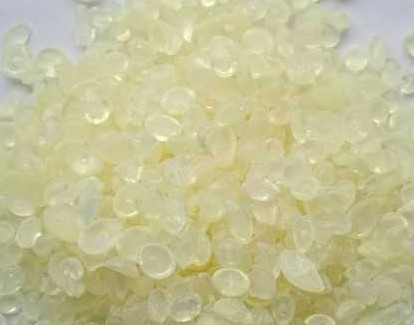
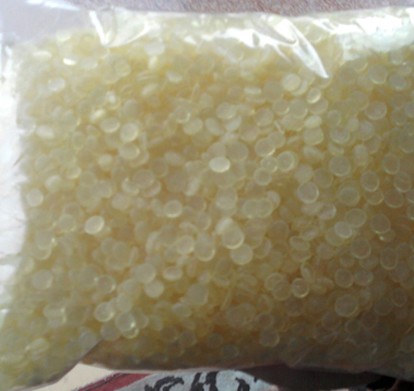
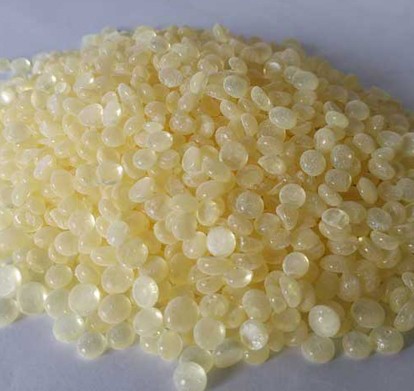
 Address:Linzi District,Zibo City,Shandong Province
Address:Linzi District,Zibo City,Shandong Province E-mail:wanbang@wanbangresin.com
E-mail:wanbang@wanbangresin.com WhatsApp:+8615053337101
WhatsApp:+8615053337101
China C5 hydrogenated petroleum resin supplier : Shangdong Wanbang New Materials Co., Ltd.
C5 hydrocarbon resin manufacturer has a wide range of applications, high quality, low price, and multiple uses.Welcome to consult.